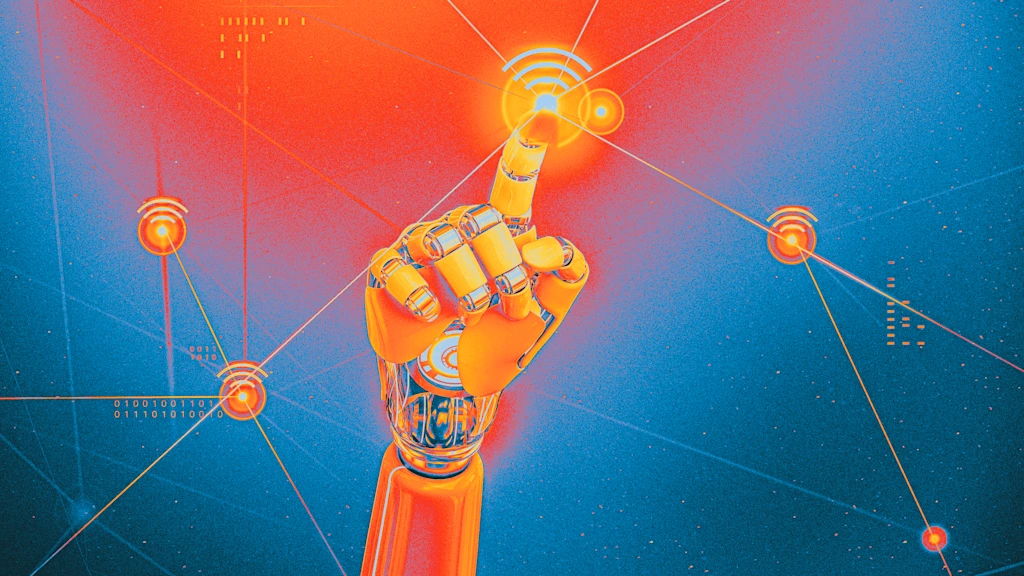
"The rise of artificial intelligence in recent years, along with the surge in AI-generated online content, has given more credibility to a decades-old conspiracy theory known as the Dead Internet Theory. It holds that most of the content we encounter online isn't actually produced by living humans but by lifeless bots. AI is increasingly turning the once-fringe theory into a reality, but even today, at least one of the participants-the living, breathing observer browsing the web on the other side of the screen-is still usually a real, sentient being."
"Yet this may not be true for much longer. Thanks to AI systems' increasing reliance on a technology known as headless browsing, artificial intelligence is becoming a primary consumer of the internet. And if that happens at scale, the internet will truly be a land of the unliving. Here's what you need to know about headless browsing, a term you'll likely hear increasingly often in the years ahead."
Rapid advances in artificial intelligence and the proliferation of AI-generated online content have strengthened belief in the Dead Internet Theory, which claims most online content is produced by nonhuman agents. Currently, many webpages still have at least one human observer consuming content, but AI usage is rising. Modern AI increasingly uses headless browsing to crawl, interact with, and consume web content without a graphical interface. As AI systems scale their headless browsing activity, machines may become the dominant consumers of online resources. That shift would transform the internet into an environment primarily generated for and experienced by automated agents rather than living humans.
Read at Fast Company
Unable to calculate read time
Collection
[
|
...
]